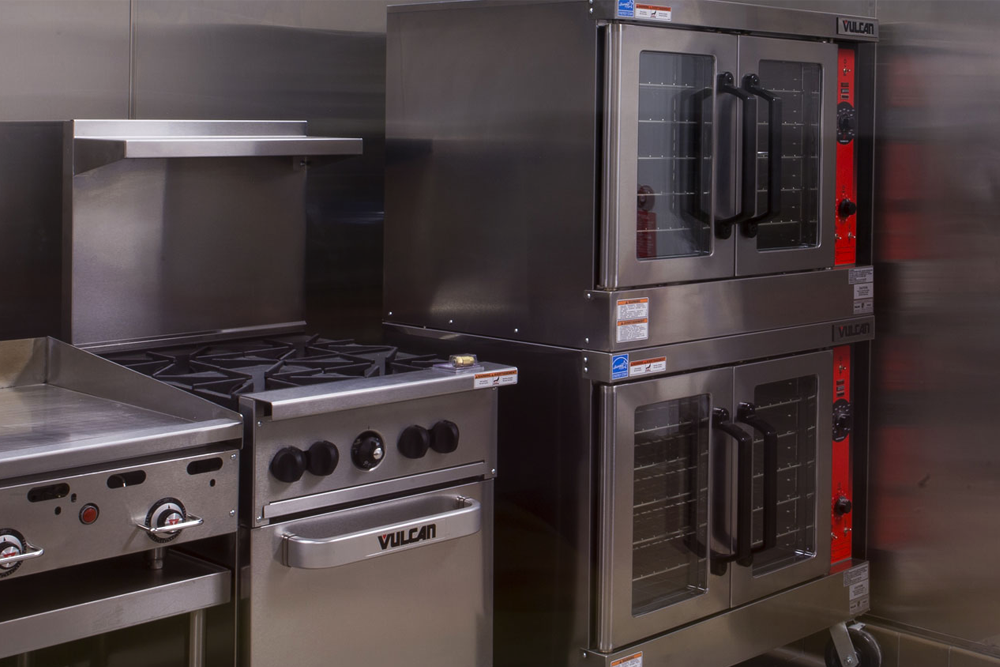 Congrats, You’re Getting Married! Here is How to Budget for The Big Day
Congrats, You’re Getting Married! Here is How to Budget for The Big Day
Determining your wedding budget is not an easy task. Your wedding will possibly be the biggest party you have ever hosted and the most expensive. Following the 2018 Brides American Wedding Study, the average United States wedding costs $44,000 for 167 guests. Almost twenty-seven percent of couples cover the entire expense themselves, while about one-third of the couples pay at least part of it.
However, almost half of the couples go over budget. Ensure you are not of those couples who set unrealistic wedding budgets- before you start fantasizing about booking costly vendors, venues in Itay, and trying on designer dresses, read this guide.
Step 1: Count your cash
The total amount of money you have to spend on the wedding is directly proportional to you and your partner’s individual savings, the amount of money set apart from your current income, and any contributions from parents and friends. Below is how to approach each section:
- Your savings: This is not as easy as checking your bank account. Typically, you and your partner have three months of living expenses set aside in case of health setback or job loss(separate from retirement funds). Deduct that in-case-of-emergency money from your total balance in the bank is how much you can put toward wedding costs.
- Your monthly income: Once you have made payments for existing debts such as student loans, set aside up to ten percent of your earnings per month. Develop direct deposits into separate accounts for wedding expenses, so it is not just justifyovers that get saved.
- Any contributions from friends and family: Do not assume your parents or other loved ones are inclined and able to assist cover your wedding costs; however, it certainly does not hurt to ask.
Step 2: Track your spending
Develop a spreadsheet with three expense columns: Actual, Modified, and estimated. The amount underestimated will be generated by the research of costs in your area ( look at sites such as Thumbtack and WeddingWire to find local averages for vendors and venues), proposals from the vendors you select will go in Modified. The last amount you pay them will go in Actual.
Modify your estimates after contacting vendors’ costs. Begin with the venue since it is the most significant piece of the wedding pie and a vital element in determining guest count. When vendors provide you their estimates, verify if tax is incorporated. If not, do the calculations yourself with state and local tax rates to modify the proposal.
Include a column for the estimated tip. Note down ‘included; if gratuity is factored into the vendor’s cost. For instance, caterers automatically tackle fifteen and twenty percent of the total, which you pay in advance.
Include a line item known as Extras that equals fifteen percent of your total budget to cushion for items you will forget (parking valets, invitation postage) or will not anticipate in advance ( plating and corkage fees). Do not spend this money upfront; you will require it all through the planning process as incidentals come up.
Step 3: Prepare for surprises
Before you sign the vendor contracts or begin purchasing gift bag items, go through the fine print, since expenses that appear small early on could add faster. If the total of the line item is not in your entire budget, cut it.
- Setup and breakdown fees: Note that cleanup is not always included, and you might have to pay overtime rates based on what time your reception ends.
- Vendor transportation: If you are hiring a photographer or an out-of-town band, you may need to pay for a plane ticket or rental van. Double-check the contract to check what exactly is covered.
- Digital Access: Some photographers charge $1,200 or less to view and share your wedding photos online.
- Custom cocktails: According to Calder Clark, a top wedding planner in South Carolina, signature spirits and drinks can add $3,500 tp a 200-person wedding.
- Envelope stuffing: Note some stationers charge as much as $7 for each invite. To save money, call your bridesmaids over, drink some wine, and DIY instead.
- Planners: A full-service event designer fees can be as much as $25,000 or even twenty percent of the total budget for the Kardashian scale affair. However, a day of coordinator could cost you $1,500. Before you enlist a pro in your budget, know what to spend and factor in that rate. Most venues will require you to reach their in-house wedding coordinator or bring in your own outside wedding coordinator.
Step 4: Charge responsibly
Despite how tempted you are to boost your cash flow with credit cards, do not go overboard. The financial expert Farnoosh Torabi, the host of the So Money podcast, recommends never charging anything that you can not pay off in thirty days. That is, not unless you qualify for a card with a zero-percent purchase APR, which allows you to skirt interest payments as long as you pay your whole balance within a specific time frame (often twelve to fifteen months). Torabi recommends mapping out a strategy for how you intend to do that before swiping the plastic. For instance, register for cash gifts that you can put toward a section of the wedding and develop a savings strategy to cover the rest. If you do use a credit card, select one with a generous cashback program.
Step 5: Find ways to save
If you have an over budget, these ideas will slash your spending in a meaningful way.
- Change the venue: Before you commit, estimate the total price of a wedding at raw space versus one that incorporates all the basics. For raw spaces such as lofts and barns appear like a steal; however, you can spend a lot making them wedding-beautiful. You can bring in AC or heat, restrooms, kitchen equipment for the caterer, silverware, glassware, chairs, and tables.
- Go-off-peak: Go ahead and have a winter wedding, select Friday or Sunday. You can even celebrate with mimosas over brunch rather than hosting a four-course wine-paired dinner.
- Edit the guest list: Every attendee costs far more than his or her meal when you the slice of cake, invitation, transportation, and welcome bag. Typically for the average 135-person reception, shrinking the guest list by fifteen people saves you approximately $1,300. So you might want to avoid B-list and be ruthless with your A-list.
- Build-in time; Fifty-seven percent of brides are inclined to prolong their engagement to save for the wedding. Negotiating is difficult when vendors know you are in a time crunch.
- Save money by utilizing fewer vendors: If your cake lady also provides edible wedding favors, or your DJ provides lighting services for your venue, consider hiring that vendor to offer more than one service for your big day. You will get a better rate if you are getting more from one vendor, besides you will not be paying various setup or delivery fees, the way you would be if you had hired separate vendors for every individual task.
- Go to the salon to get your makeup and hair services done rather than having the stylist and makeup artist come to your place: Anytime you have stylists come to your wedding venue or where you are dressing, you pay a significant outcall charge, and the fees are often higher, too. You will need to schedule it a little earlier in the day; however, there is no reason you and your bridesmaids can not get your makeup and hair done at a salon. You can then head to your venue to dress.
- Address your own invitations: Paying for calligraphy can be expensive. If you must have calligraphy on your wedding invites, consider purchasing a calligraphy pen and practice till you get it right. It is not as hard as you think. And only an expert would realize it was not done by a professional. As a starting point, there are various tutorials online.
- Resell and reuse clothing: If you want to hold your wedding attire for sentimental reasons, it is okay. With that being said, you definitely do not have to; you can use Nearly Newlywed to resell your wedding dress or consider sourcing a tuxedo from Rent the Runway. The same applies to all your wedding-related event outfits; there is nothing wrong with repurposing or borrowing your pieces.

 Congrats, You’re Getting Married! Here is How to Budget for The Big Day
Congrats, You’re Getting Married! Here is How to Budget for The Big Day









